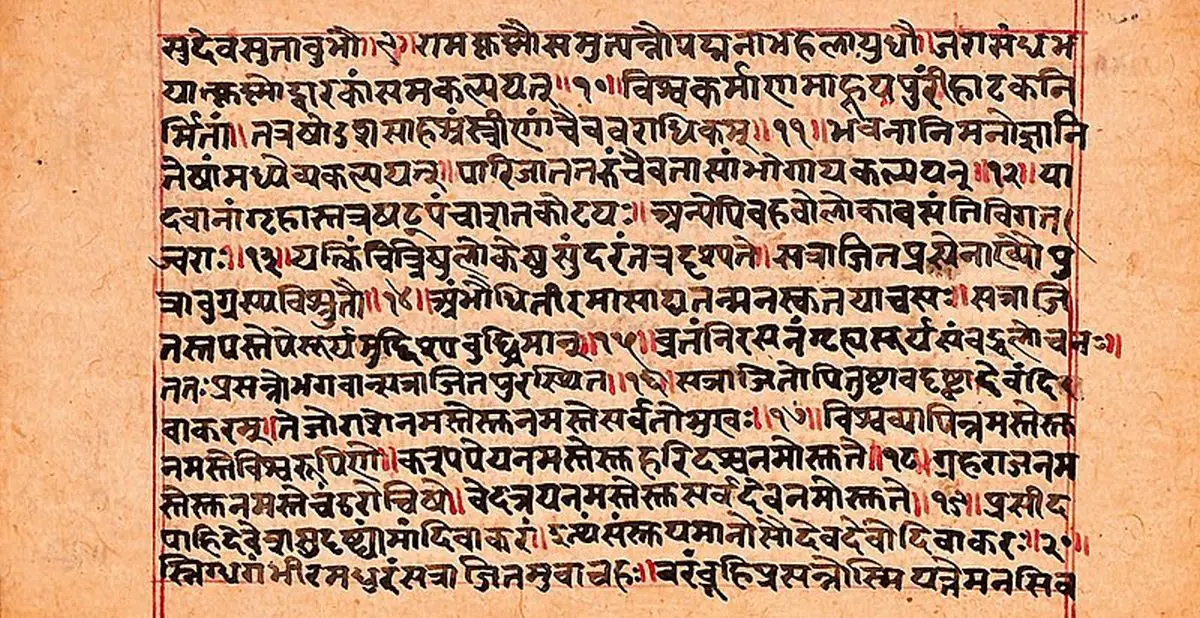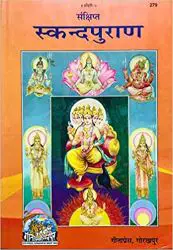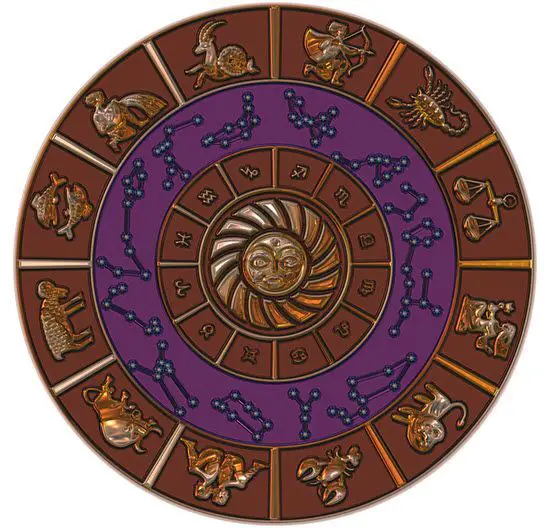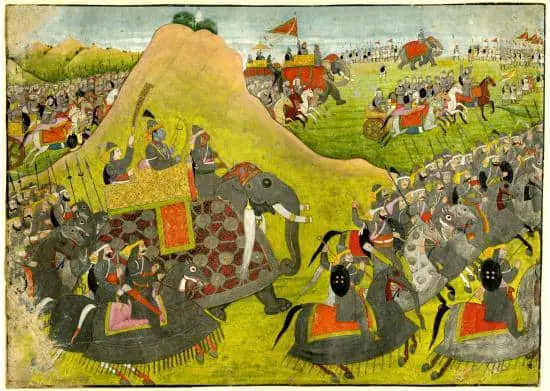The Skanda Purana is one of the major Puranas and is highly important in Hindu culture. The Skand Puran contains over 81000 verses.
It is one of the Kuamara (Murugan) literature. It is named after the son of Bhagwan Shiv and Goddess Parvati Murugan.
Skanda Purana’s name suggests this text is about the war God Skanda. However, like many major texts, the Skand Puran was also written in the 8th century. Therefore, the surviving texts that we read or get today have been through many revisions.

There are many variations of Skanda Purana today. But in all the variations, topics like an encyclopedia, cosmology (study of cosmos and universe), mythology, dharma, festivals, temples, gemology (study of gemstones), genealogy (study of the family of trees), geography, discussion of evils and Shiva as the ultimate source of enlightenment is same.
Skanda Purana has an edition in which there are details about every pilgrimage and a travel guide to all holy cities or temples.
Table of Contents
The Date of Skanda Purana
In 1898 Haraprashad Shastri and Cecil Bendall got an old palm-leaf manuscript that was recognized as the text of Skanda Purana in Nepal. It was found to be of the 8th century or earlier. The script found in Nepal is kept at the National Archives of Nepal.
The text clearly describes the holy places and the 4th-5th century Citraratha of Andhra Pradesh. In South Asian places like Nepal and the Northeastern side of India (Assam), some of the oldest scriptures of the Skand Puran were found.
The primary text that many scholars use for studying, editing, and researching is the Nepalese manuscript.
R. Adriaensen, H. Bakker, and H. Isaacson said that the oldest palm leaf text dated back to 810 CE.
There are many additional texts of the Skanda Purana that were found. However, it is still unclear where these texts originated from the real Skanda Purana. Therefore, the additional texts are assumed to be from the 12th century.
The first text that came out after revising and editing the Skanda Purana was divided into two parts.
The two parts are the Revakhanda and the Ambikakhanda. The Revakhanda text belongs from 1682. The Ambikakhanda has four revised parts.
Many scripts have the title of Skanda Purana. Still, very few have anything in common with the original Skanda Purana of the 8th century. Moreover, there are many Puranas with variations; thus, calculating the date of the text becomes difficult.
Sections of Skanda Purana
According to the tradition, the Skanda Purana is divided into seven major chapters named after the major pilgrimages, and Purana also has travel guides.
Now let us know more about the seven Khandas.
Mahesvara Khanda has three sections
a. Kedara Khanda has 35 chapters and is about the Kedarnath pilgrimage.
b. The Kaumarika Khanda has 66 chapters and is about Mahisagar Sangam Tirtha
c. The Arunachala Khanda has 37 chapters and is about the Tiruvannamalai pilgrimage. And this section is again divided into two parts called Purvardha (13 chapters) and Uttarardha (24c chapters)
The Vishnu Khanda has nine sections
a. Venkatacalamahatmya has 40 chapters and is about Tirupati Temple
b. Purusottamaksetramahatmya has 49 chapters and is about Puri, Odisha
c. Badarikasramamahatmya has eight chapters and is about Badrinath
d. Karttikamasamahatmya has 36 chapters
e. Margasirsamasamahatmya has 17 chapters and is about Mathura Tirtha
f. Bhagavatamahatmya has four chapters
g. Vaisakhamasamahatmya has 25 chapters
h. Ayodhyamahatmya has ten chapters and is about Ayodhya tirtha
i. Vasudevamahatmya has 32 chapters
The Brahma Khanda has three sections
a. Setumahatmya has 52 chapters about the Rama Setu pilgrimage
b. Dharmaranya Khanda has 40 chapters
c. Uttara Khanda has 22 chapters
The Kasi Khanda
The Kasi Khanda has 100 chapters about Varanasi, and Vindya Tirtha has divided into two parts called Purvardha has 50 chapters, and Uttarardha, which also has 50 chapters.
The Avantya Khanda has three sections
a. Avantiksetramahatmya, which has 71 chapters about Ujjain Tirtha
b. Caturasitilingamahatmya, which has 84 chapters
c. Reva Khanda has 232 chapters, but according to the author Jwergen Neuss the Reva Khanda originally belonged to Vayu Purana but was accidentally printed by a press in 1910 in Skand Puran, and it continues till now. The real one belonging to Skanda Purana has about 116 chapters only.
The Nagara Khanda has 279 chapters of Tirtha mahatmya.
Prabhasa Khanda has four sections
a. Prabhasaksetramahatmya has 365 chapters about Saurashtra and Somanatha pilgrimage
b. Vastrapathaksetramahatmya has 19 chapters about Girmar Tirth, a region
c. Arvuda Khanda has 63 chapters and is about the Aravalli range Rajasthan pilgrimage
d. Dvarakamahatmya has 44 chapters and is about the Dularka Gujarat Tirtha region.
The Narratives of Skand Puran
The Skanda Purana’s main aim, as stated by Hans Bakker, is to describe the locations of South Asia as holy places and approve the regional Shaiva community that existed during that time.
The Skanda Purana has the legends of Daksha’s sacrifice, Sati’s death, Shiva’s sorrow, Samudra Manthan, the Amrita, and the birth of Goddess Parvati as the reincarnation of Sati. There are also political things written in the Skand Puran of that time.
The Teachings and Benefits of Reading Skanda Purana
You might be wondering what the benefits of reading Skanda Purana are, but there are many benefits of reading the holy Skanda Purana.
I know that our lifestyle has changed a lot over the years. Life has become faster, and we are always in the hustle to get opportunities, but if you get time to read, read it. Let us see the benefits.
The Skand Puran is a great source for gaining enlightenment. By reading and chanting the verses of Skanda Purana, you can please Bhagwan Shiv and obtain his blessings. Moreover, the text teaches us the formation of the 12 Jyotirlingas.
The importance of the Pradosha fast is explained in Skanda Purana, and it is said to fulfil all the wishes of the person observing this fast.
The mysteries of household life are explained in the text, and the greatness and importance of the month of Vaishakh are also mentioned. It is also said that taking a bath in holy rivers during the holy months can lead to great success in life and recovery from illness.

We hope you liked this article on Skanda Purana. Please do share this post with your friends on social sites.




